Deck & Commander Strategies

Sidisi, Undead Vizier
The Sidisi deck aimed to exploit the power of the Eldrazi Titans, hinting at a late-game strategy involving high-cost, high-impact creatures.
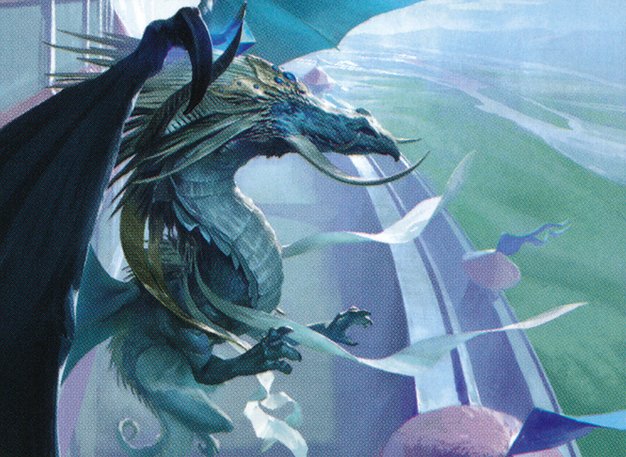
Arcades, the Strategist
Arcades' strategy revolved around deploying low-cost defenders and using Arcades' ability to turn these defensive units into potent attackers.

Svella, Ice Shaper
Svella's deck focused on ramping mana and capitalizing on Svella's ability to create mana rocks and pull powerful creatures from the top of the deck.
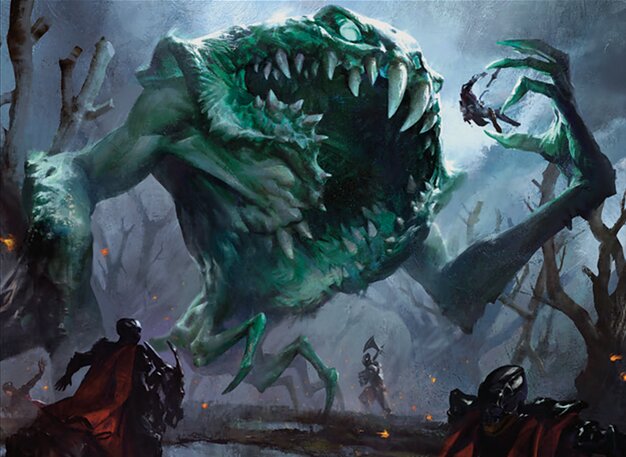
Yargle, Glutton of Urborg
Yargle's strategy was clear and straightforward: turn Yargle into a formidable force and deal lethal commander damage to opponents.
Gameplay Insights
- 1
The early deployment of mana ramp cards set the stage for significant late-game plays.
- 2
Players showed concern about Yargle's potential for explosive damage.
- 3
The use of Svella's ability to generate mana rocks and pull potential threats from the top of the deck was a continual element of the game's strategy.
Notable Cards
-

Svella, Ice Shaper
-

Yargle, Glutton of Urborg
-
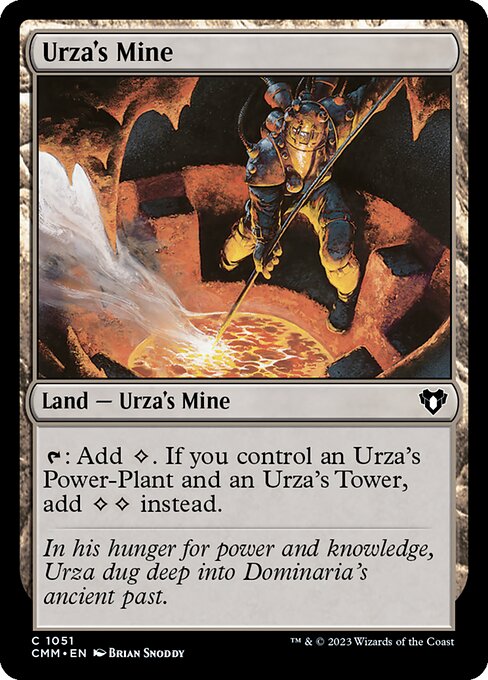
Urza's Mine
-

Dark Ritual
-

Morbid Opportunist
-
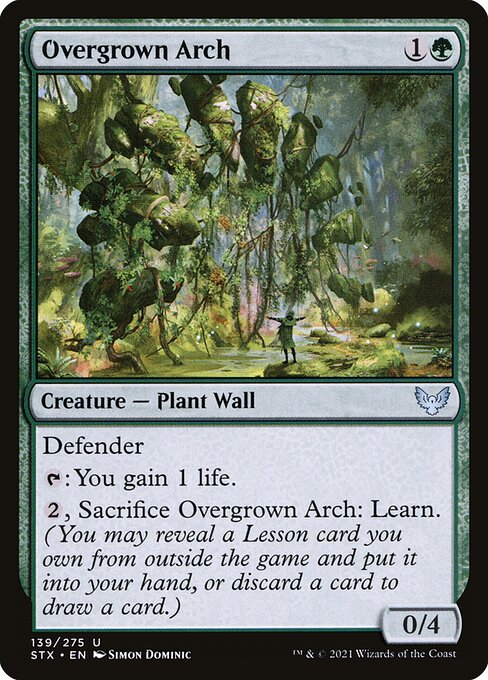
Overgrown Arch
Gameplay Summary
The game started with each player developing their boards and ramping their mana.
Svella, Ice Shaper was the first commander to make an appearance, followed closely by Yargle, Glutton of Urborg.
Players carefully navigated their strategies, with Yargle aiming to deal heavy combat damage, Arcades focusing on defending and counterattacking with wall creatures, and Sidisi, Undead Vizier plotting to exploit the Eldrazi Titans.
It is clear that each player was cautious of Yargle's potential for explosive damage.
The presence of significant mana rocks and ramp cards, such as Urza's Mine and Dark Ritual, set the stage for significant late-game plays.


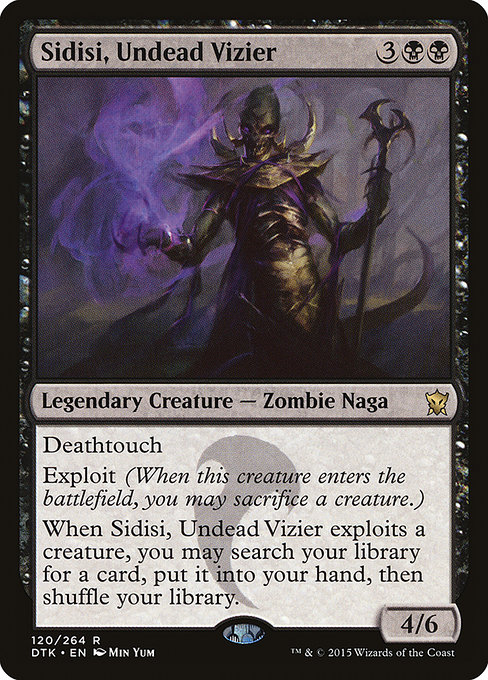















![Commander Versus Series: 2HG Sidisi & Anafenza v. Dragonlord Silumgar & Atarka [MTG Multiplayer] thumbnail](https://i.ytimg.com/vi/Pp4UOi-Ayao/sddefault.jpg)











![Commander VS S12E1: Nicol Bolas vs Arcades vs Vaevictis Asmadi vs Chromium [EDH] thumbnail](https://i.ytimg.com/vi/gtfErgL6f9U/sddefault.jpg)












